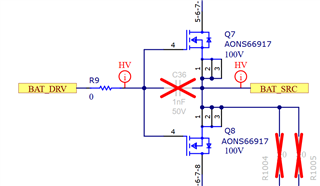Other Parts Discussed in Thread: BQ34Z100, BQ76942, BQ25756, TPS4800-Q1
Tool/software:
Hello
We are working on a Solar Product and we are planning on using the BQ25750 for the same. However, one of the key functions that we require is a State of Charge / Coulomb counter or gas gauge function. This is not a feature on the BQ25750. Is there a companion TI part that can be used for this function? Or a recommended alternative to implement the same.
Thanks.


